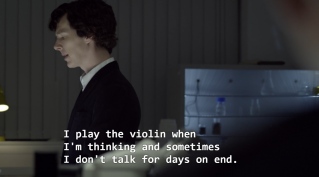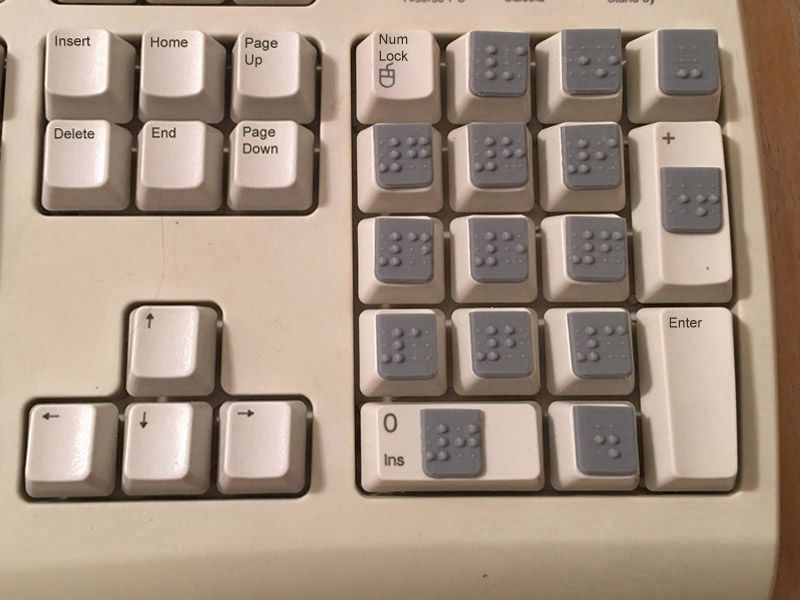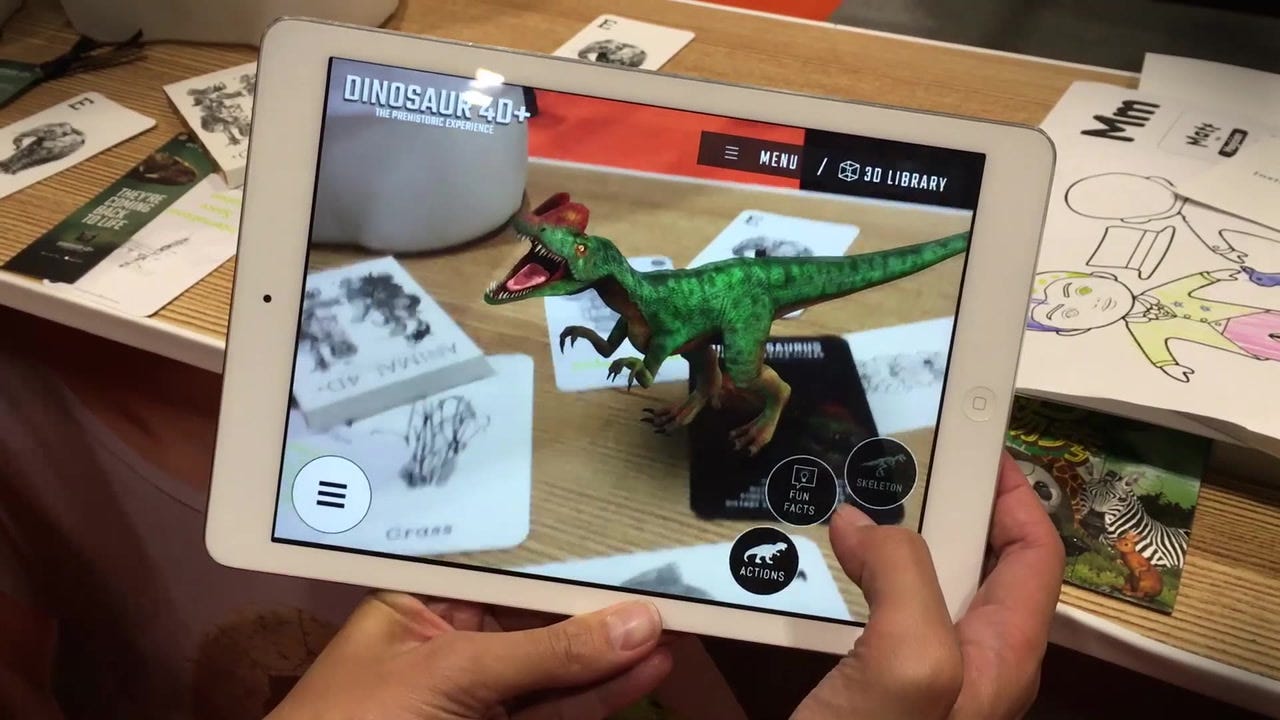This week we learned about Assistive Technology in the classroom. Assistive Technology is any means of technology that helps improve the learning experience for students with disabilities. There are assistive technologies for the blind, the deaf, the speech-impaired, and more. There are two main components of assistive technologies: Assistive Technologies themselves and Assistive Services. Assistive Technologies are also divided into High and Low technologies. High being ones that incorporate something digital (and are therefore more advanced) and Low being ones that don't have a digital component but still help students with disabilities in the classroom. With the increase of technology and the "digital world," more and more classrooms are integrating high tech assistive technologies.
Some assistive technologies that help the impaired include online screen readers for the blind, speech-to-text functions for those who have a hard time typing, subtitles for the deaf, and brail keyboards for the blind. There are many other ones, but those are just to name a few. Even Virtual Reality can be assistive technology. Many classrooms, especially ones with students with autism, integrate Virtual Reality into the classroom to allow the students to take trips to places that they would never be able to afford or have time to go to in real life. Not only are they educational if you have them explore a museum or something in nature on them, but they are also very entertaining and engaging for the students.
Even things that aren't necessarily digital can be assistive technology (Low Tech). Things such as mobile furniture (such as yoga balls for seats and rolly desks) and even organization tools are assistive technologies that don't incorporate a screen. These are just as important as the digital tools of assistive technology. Some kids work better when things are more organized and structured instead of just all over the place (I know I am like that, I like things organized) and some are more fidgety and cannot sit still (I can also be like that sometimes). So, it is key to have these functions in the classroom for those who need it as well.
I think it is very beneficial and very important that classrooms include various means of assistive technology. That way, education is made equal for all, even for those with disabilities they cannot control. Including assistive technology guarantees F.A.P.E. (Free Appropriate Public Education). The growth of these assistive technologies is definitely a positive within the growing digital age of the 21st century. When I become a teacher, I will include a variety of Assistive technologies, both digital and non-digital, in my classroom. For one thing, my classroom will be organized (both for my sake and for the students'). I'm sure wherever I teach will have more mobile furniture because I have seen an increase of that in schools. When we use laptops or tablets or some other device for classwork, I will introduce the students, both those who really need it and even those who would just prefer it, to all the different helpful accommodations that they can use on their device. I will encourage them all to use these when applicable. For example, not everyone has an IEP that needs speech in text form, but some may like to see what they are also hearing and have subtitles (I am one who likes to have those on even though I don't absolutely need them, I just like to read along to what I am hearing, as it helps me pay attention better). Especially if I have blind, deaf, or other disabled children, I will help them to operate these assistive technologies, both digital and non-digital, to promote equality in my classroom.








